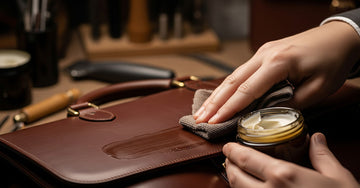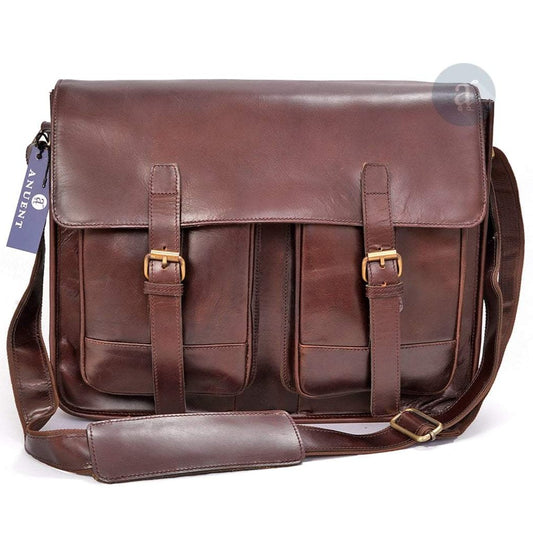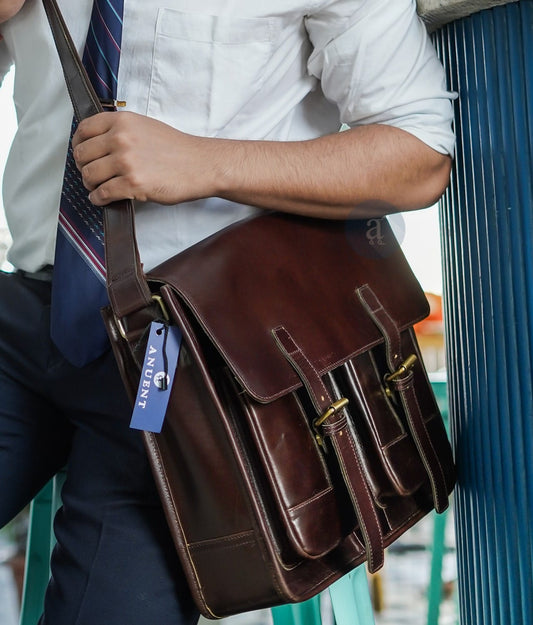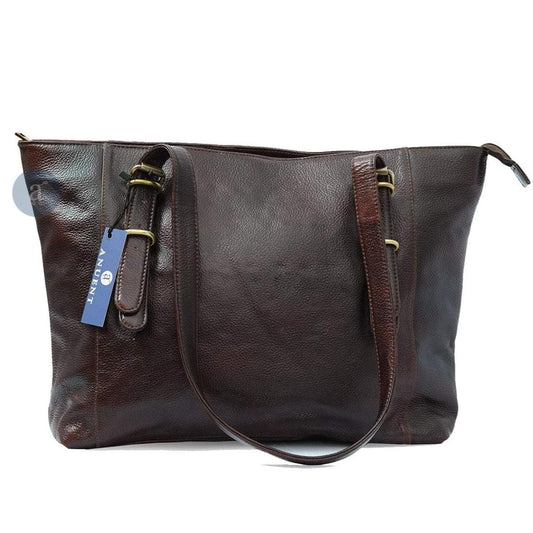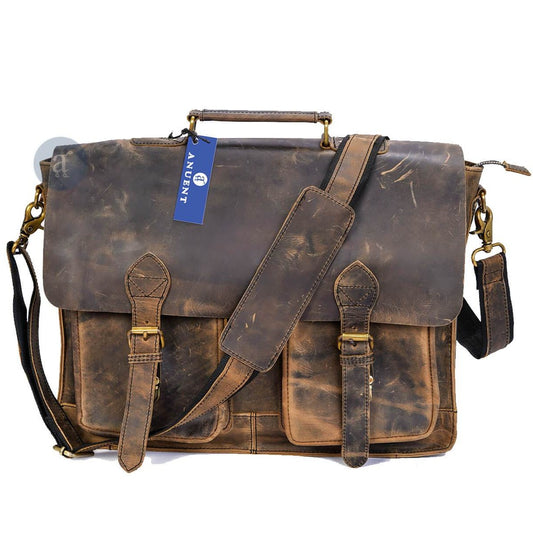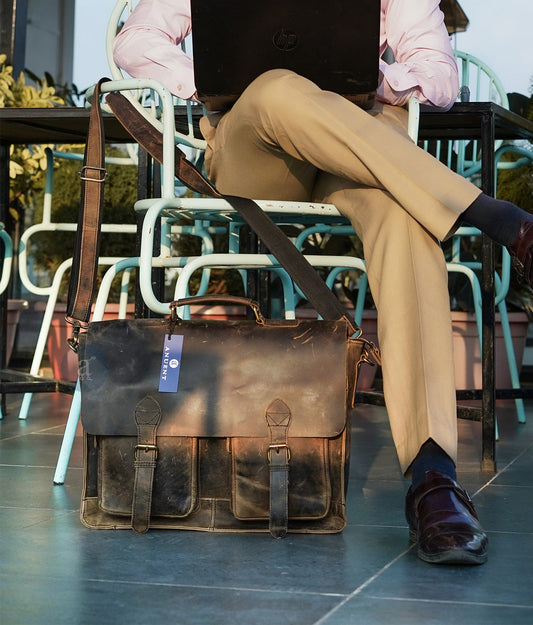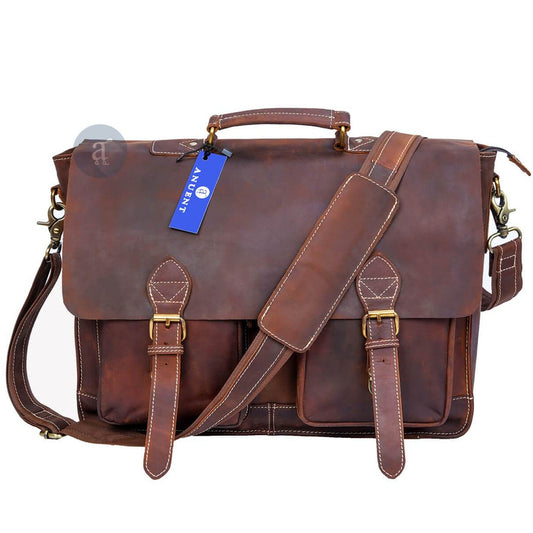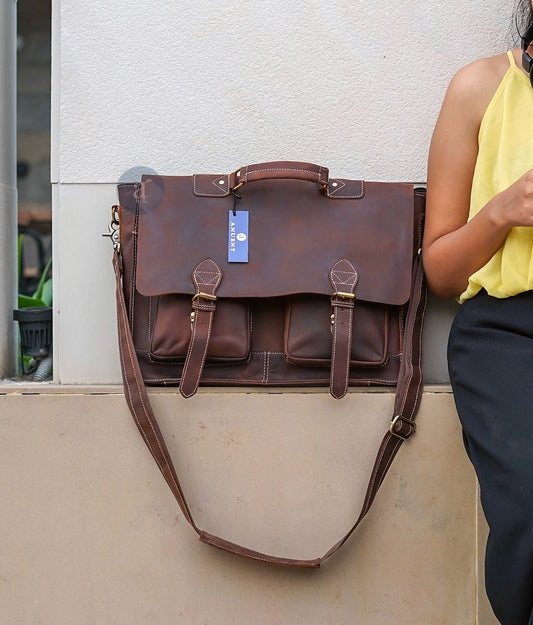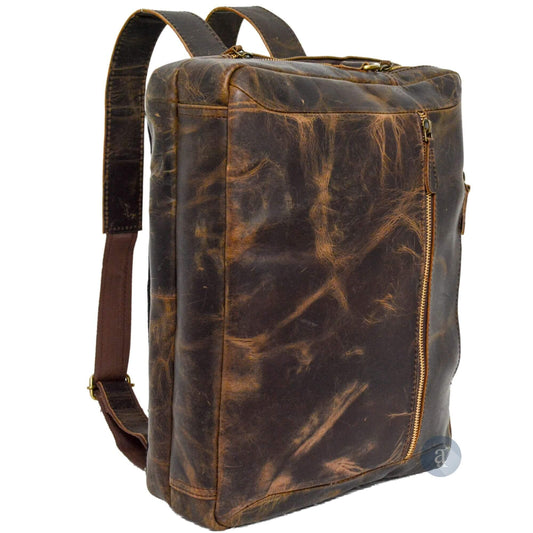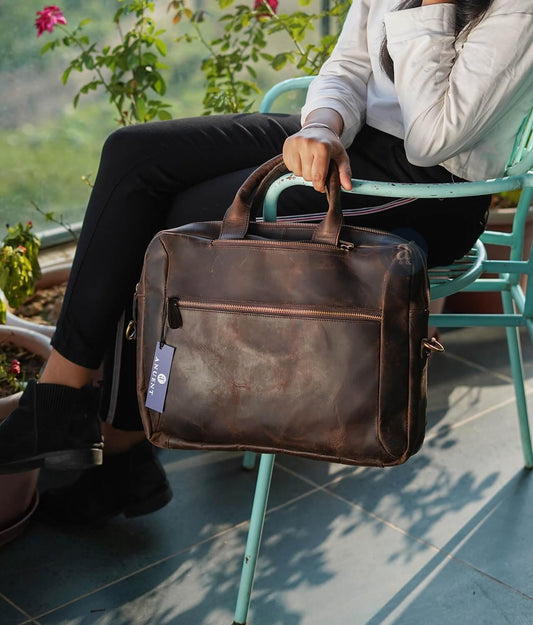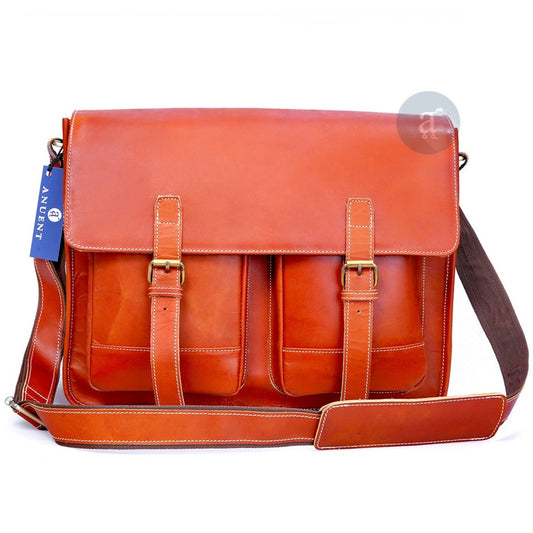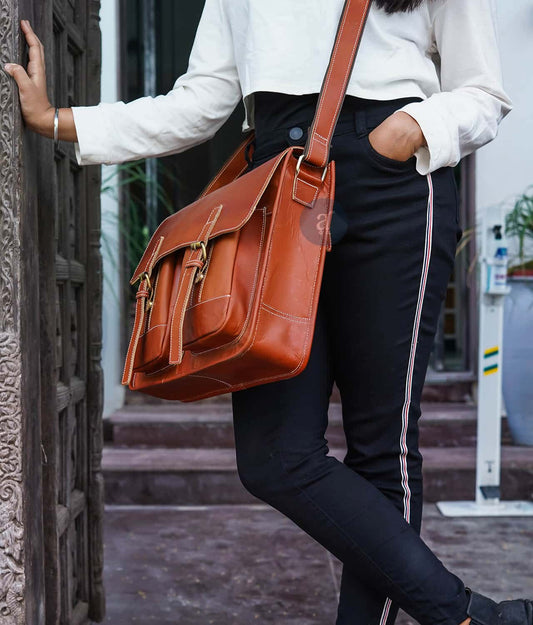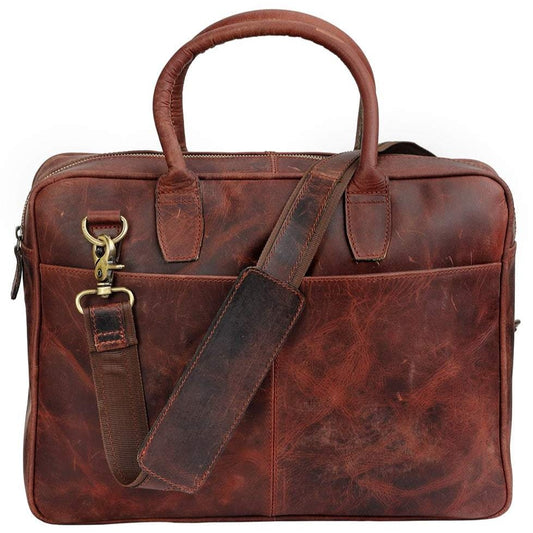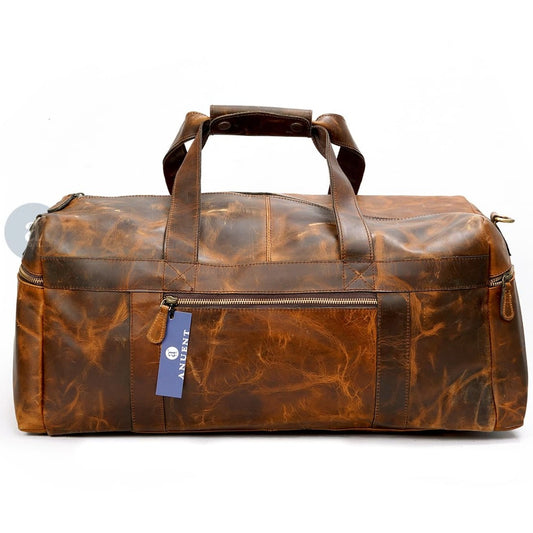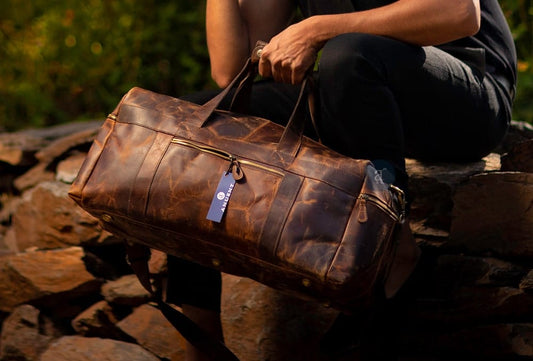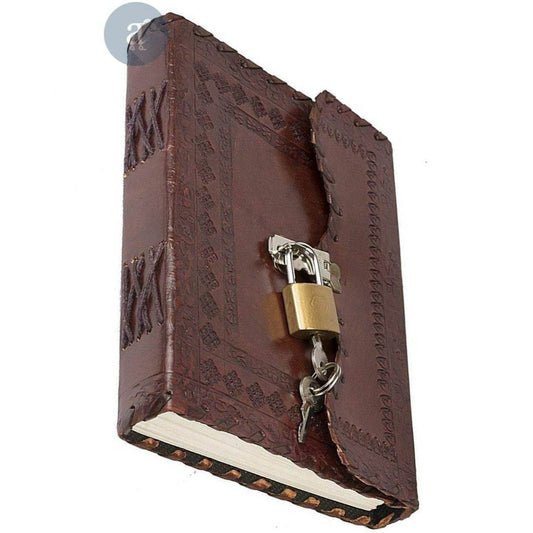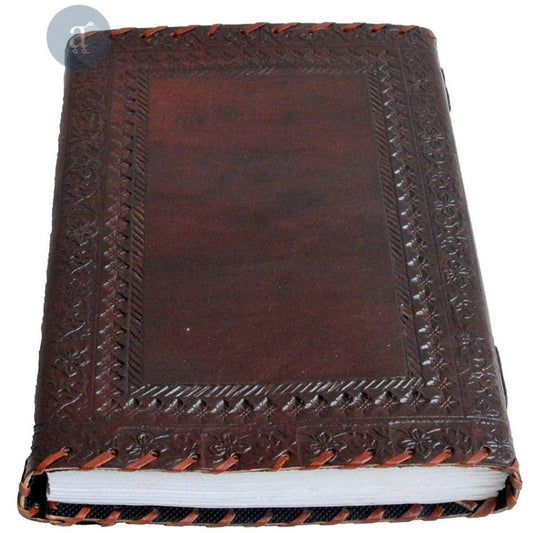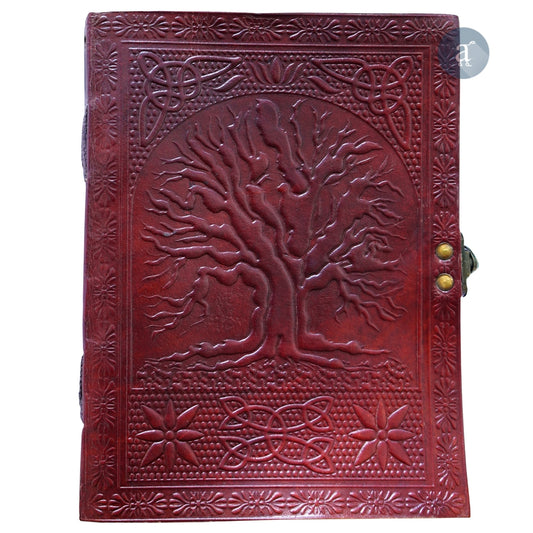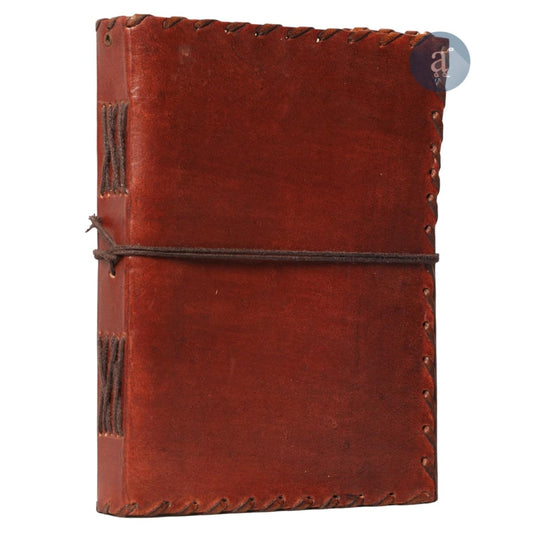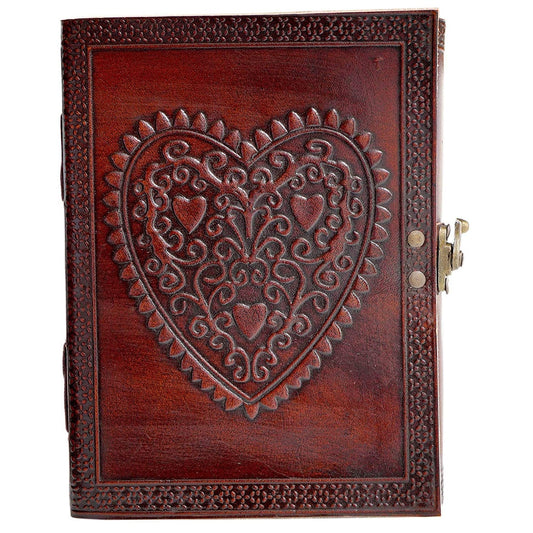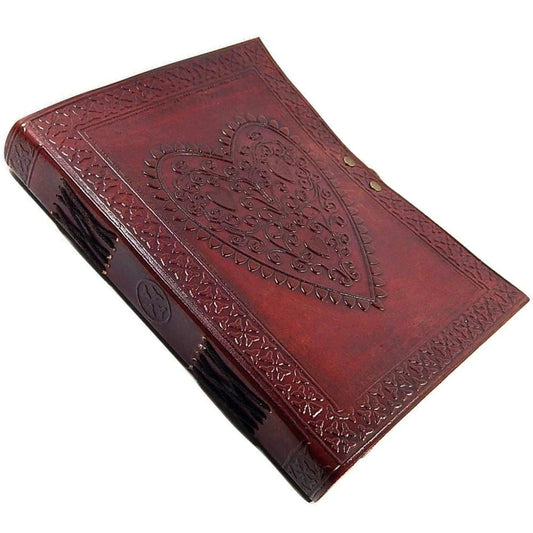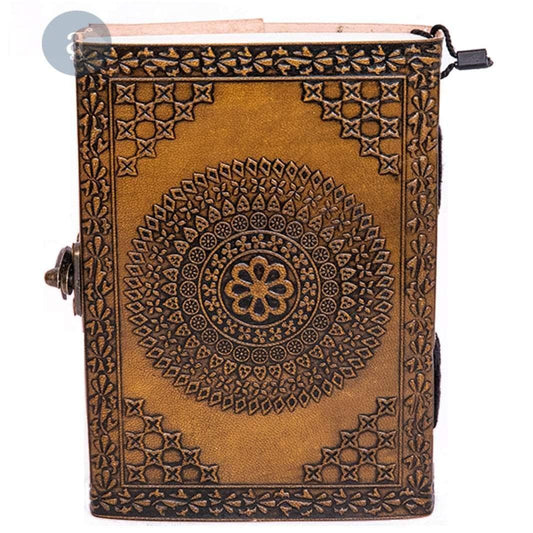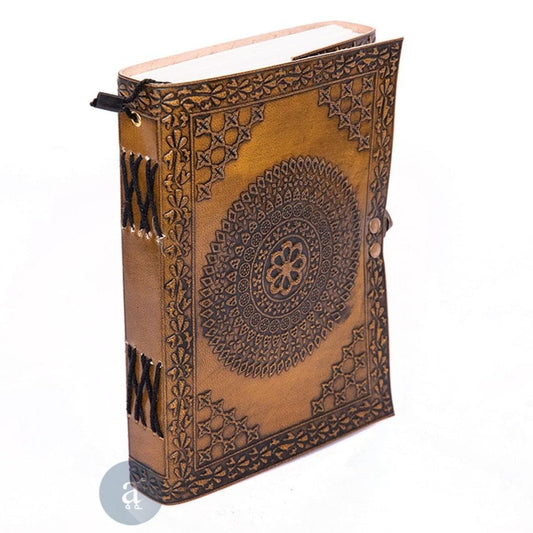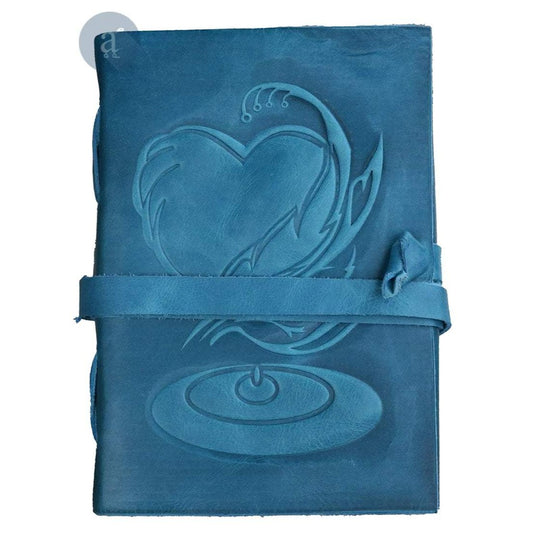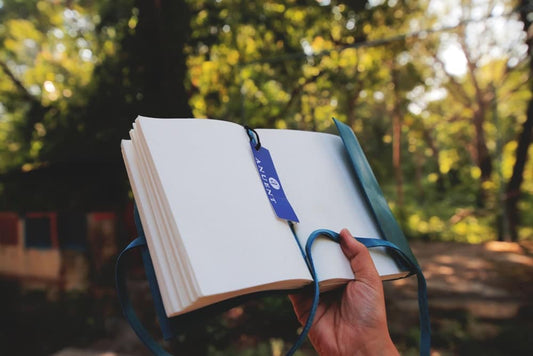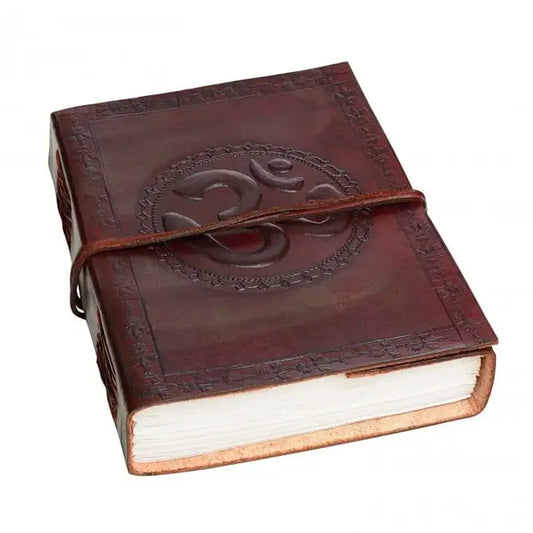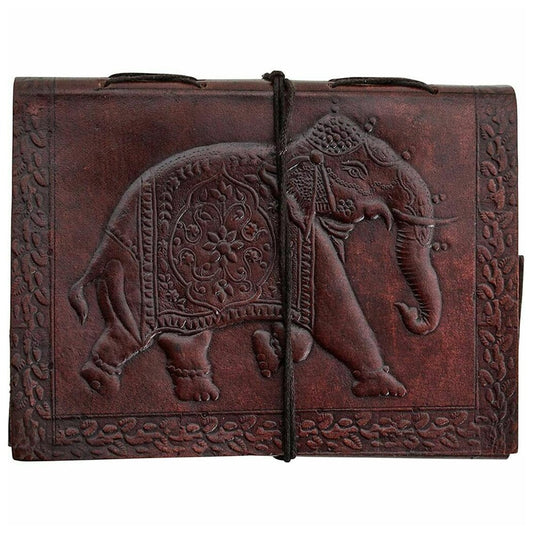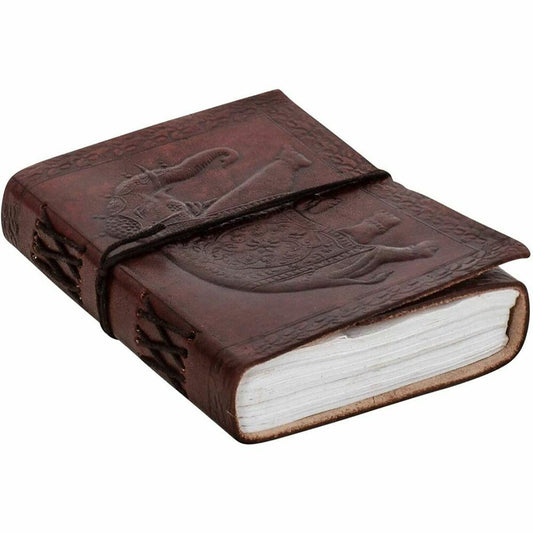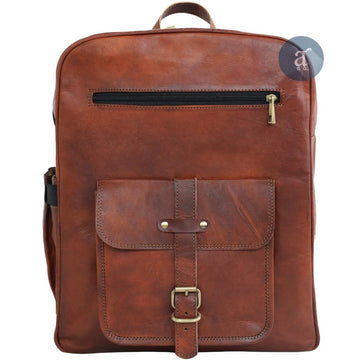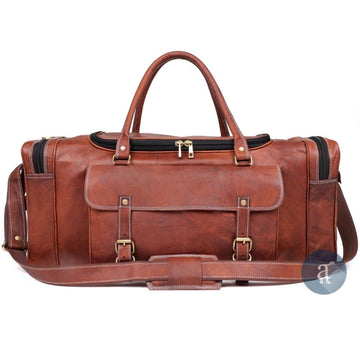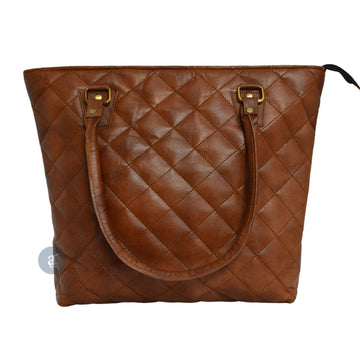There's something special about high-quality leather.
It’s not meant to stay pristine and perfect; it’s meant to live a life alongside you, developing a rich, unique patina over time.
But for that to happen, it needs care.
When leather loses its natural oils, it can become dry, stiff, and even start to crack. It’s a sad sight.
The good news?
Bringing that supple feel back is easier than you think.
It's not about slathering on just any oil, but about a simple, methodical process of cleaning and conditioning.
In short, the best way to moisten dry leather is to first clean it gently, then apply a dedicated leather conditioner with a soft cloth in circular motions.
It's a simple ritual that can turn a worn-out item into a treasured piece with a story to tell.
The "Don't You Dare" List: What NOT to Use on Leather
Before we get to the right way, let's cover the things people try that can ruin their leather goods. Please, avoid these at all costs:
- Water Only: Soaking leather in water will give it a temporary dark, moist look, but as it dries, it will pull even more natural oils out, leaving it stiffer than before.
- Common Cooking Oils (Olive, Coconut): These oils are not designed for leather. They don't fully absorb, can turn rancid over time, creating a foul smell, and will leave a perpetually greasy finish.
- Vaseline or Mineral Oil: This is a classic mistake. These petroleum products create a greasy, sealed barrier on the surface but don't actually nourish the leather fibers. They prevent the leather from breathing.
The Right Way to Moisturize Leather: A Step-by-Step Guide
This process works for most finished leather goods, from your trusty briefcase to that new backpack you want to keep forever.
Step 1: Clean the Surface First
You can't moisturize dirt. Applying conditioner over a layer of grime just seals it in, creating a muddy mess.
Start with a clean slate.
- Take a soft, lint-free cloth (microfiber is perfect) and lightly dampen it with a solution of distilled water and a few drops of a mild soap, like Castile soap.
- Gently wipe down the entire surface of your leather item to remove any surface dust and dirt.
- Use a second, clean, damp cloth to "rinse" away any soap residue.
- Let the leather air dry completely before you even think about conditioning.
Step 2: Choose the Right Conditioner
This is where the magic happens. A good conditioner replenishes the fats and oils that keep leather flexible.
You have a few options:
- Leather Creams/Lotions: These are the most popular choice for bags, jackets, and furniture. They are balanced formulas that absorb well without leaving a heavy, oily residue.
- Conditioning Oils: Products like Neatsfoot or Mink oil are much heavier. They provide intense hydration and are best suited for rugged items like work boots or outdoor gear, but can sometimes darken the leather.
You can purchase a high-quality leather cream or, if you prefer a more hands-on approach, you can follow our guide to make your own DIY leather conditioner at home.
Step 3: The All-Important Spot Test
I will say this in every guide I write: ALWAYS test your conditioner on a small, hidden spot first.
Apply a tiny amount to an inside pocket or the underside of a strap.
Let it sit for a few hours and make sure it doesn't cause any unwanted color change.
Step 4: Apply the Conditioner
A little goes a long way. Put a small, dime-sized amount of conditioner onto a clean, soft cloth (not directly onto the leather).
Work it into the leather in gentle, circular motions.
Apply a thin, even coat over the entire item, paying a little extra attention to areas that feel particularly dry or are showing signs of fine lines.
Step 5: Let It Absorb
Now, let it rest. The leather needs time to "drink" in the conditioner.
Check the product's instructions, but a good rule of thumb is to let the item sit for at least an hour, and up to overnight for very thirsty leather.
Step 6: Buff to a Healthy Sheen
Once the conditioner has been absorbed, take another clean, dry cloth and gently buff the entire surface.
This removes any slight excess and brings out a beautiful, healthy luster.
It shouldn't feel sticky or greasy at all—just soft, supple, and hydrated.
Leather That's Worth a Lifetime of Care
Proper care transforms a good leather bag into a great one—a unique piece that tells the story of your journeys. We believe in crafting products with leather that is worthy of that story.
Our bags are built from character-rich materials like rugged top-grain buffalo hide and soft, durable goat leather, each selected to age beautifully and grow more personal with every year of use.
See the quality that comes from this passion. Explore our collection of handcrafted leather goods built to last a lifetime.
Frequently Asked Questions (FAQ)
How often should I moisturize my leather bag?
There's no single right answer, but a good rule of thumb is every 6 to 12 months.
However, the best indicator is the leather itself.
If it starts to feel dry or stiff to the touch, or if it looks lighter in color, it's thirsty and ready for a conditioning session.
What's the difference between a leather cleaner and a conditioner?
Think of it like skincare. A cleaner is the soap—it removes surface dirt, oils, and grime.
A conditioner is the moisturizer—it penetrates the material to restore its natural oils and flexibility.
You must always clean before you condition.
Will conditioning darken my leather?
It can, temporarily. Most conditioners will slightly darken the leather as the oils absorb, but it typically lightens back to its normal shade as it dries.
However, heavy oils (like Neatsfoot) can permanently darken some lighter-colored leathers. This is another reason the spot test is so important!
My leather is already cracking. Is it too late?
Conditioner is for prevention. It can soften the appearance of very fine "surface" cracks, but it cannot heal deep, structural cracks where the leather fibers have broken.
For deep cracks, you would need to look into a leather filler or a professional repair service.

